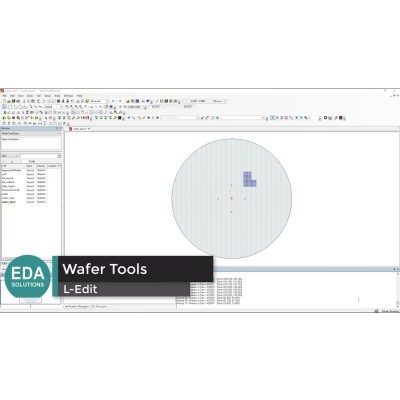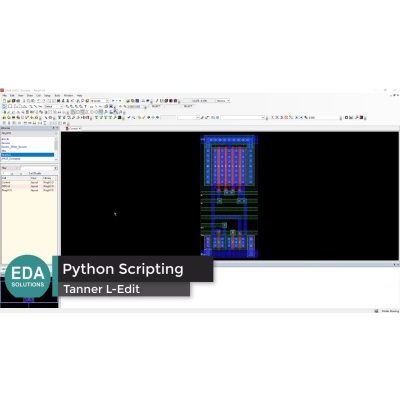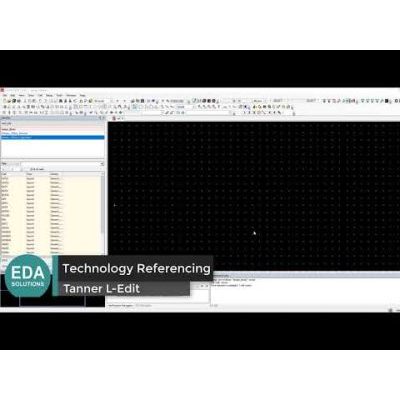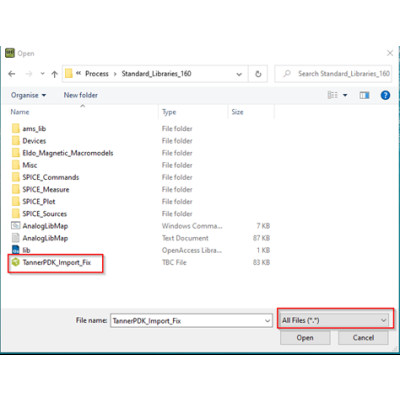
Using Wafer tools in L-Edit
In this video tutorial, learn how to use the wafer tools in L-Edit. These tools will help you visualise die distribution and labeling on a wafer.

In this video tutorial, learn how to use the wafer tools in L-Edit. These tools will help you visualise die distribution and labeling on a wafer.
The default setting in Calibre PEX is to use the layout pin order. If this causes a mismatch in your flow, you can make Calibre PEX use the schematic’s pin order instead, or other sources.
Automate the loading of Calibre runsets both standalone, or from L-Edit.
In mixed operating system setups, where some tools are on a Windows machine and others on a Linux machine, it is important to establish a communication link between these two systems to enable integration. This note shall guide you on how to set up this link.
The layers' colour rendering settings are fully customisable in L-Edit. This enables the user to have better visibility of the layout and hierarchy if needed. This technote discusses how these options work in L-Edit.
Spectre stores the simulation settings as “state” files within the design directory. It is possible to import these files into your design in S-Edit to restore the testbench's simulation settings.

Automation is one of the most powerful feature in L-Edit, allowing the user to save time and enhance productivity. This video discusses how to create and use Python scripts in L-Edit.

Technology referencing is a preliminary step that must be set correctly at the beginning of a project. This video will discuss the different options of technology referencing in L-Edit and how to set them up.
This article will discuss how to resolve common installation issues related to Tanner tools on Linux.

Learn how to map testbench elements that were created in other vendor’s tools into Tanner’s standard libraries.